Lonely Planet magazine has an article sharing travel experiences across Vietnam by various means of transport from airplanes to renting motorbikes and cars.
Editor Joe Bindloss of the American travel magazine Lonely Planet has been to Vietnam and commented that the S-shaped land is suitable for road travel. The means of transportation along the three regions are enough for tourists to easily explore the country. Moreover, the cost of travel and spending in Vietnam is "suitable for all budgets". Below is Joe Bindloss's experience of using different means of transportation on his journey to explore Vietnam.
Take the North - South Thong Nhat train
This train is the “best option” for travelers who want to explore all three regions of the country. The Reunification Railway stops at most destinations across Vietnam, making it suitable for travelers who want to travel without a schedule.
From Hanoi , visitors can take a train to Hai Phong, which is suitable for those planning to travel around Ha Long Bay. In addition, the train also stops at Lao Cai station, passing through the winding northern mountainous areas. Visitors wishing to go to China can also take trains from Vietnam connecting to Kunming, China.

The North-South train travels through many beautiful coastal routes. Photo: Matt Munro/Lonely Planet
Trains are classified with SE (Super Express) being the fastest and most modern. TN (Thong Nhat) trains are slower, older and less comfortable. The term “Thong Nhat Express” is used generically for the various trains running between Hanoi and Ho Chi Minh City. Trains SE1 and SE3 leave Hanoi in the evening, arriving in Ho Chi Minh City in the morning on the third day. To reach Hanoi in the morning, travelers can take train SE4 or SE2 from Ho Chi Minh City in the evening.
There are four main ticket classes on trains: hard seat, soft seat, hard sleeper and soft sleeper, in order of increasing cost and comfort. These classes are also divided into air-conditioned and non-air-conditioned options. The most expensive ticket is the air-conditioned sleeper. Some trains have wifi, but the connection speed can be slow, so travelers are advised to use a SIM card to connect to the Internet.
Travelers can buy tickets at railway stations a few days before departure or buy them online 60 to 90 days in advance. There is only one address to book train tickets online on dsvn.vn, the official website of Vietnam Railways.
Travel by bus
Joe Bindloss commented that buses are available in every province and city in Vietnam. Traveling by bus in Vietnam is "convenient and comfortable when traveling between major cities", but is quite "slow and crowded in some riverside localities". The biggest advantage of this type of vehicle is its low cost.
Lonely Planet editors say that in major tourist destinations like Hanoi and Ho Chi Minh City, visitors will see signs advertising "Open Tour" or "Open Ticket" buses. These services offer buses running between major cities, and visitors can get on and off at any point along the way. However, the cost of the service is much more expensive than a regular bus at the station. In return, the stops are often conveniently located in the center.
When traveling by regular bus, tourists should carefully research the stop to get on the right station and buy tickets a day in advance. The services of each bus company are different, and the seats on buses often come in many types, from comfortable sleepers to soft seats. Travel magazines note that when traveling by bus in Vietnam, you should bring earplugs to avoid being disturbed by the noise when the driver plays romantic music or martial arts movies on the bus. Another thing to note is that inter-provincial buses often stop at stations for quite a while to wait for enough passengers to board or pick up passengers along the way. Whether you book a sleeper or seat ticket, the travel time by bus is never fast.
Motorbikes for adventurous travelers
Motorbike travel across Vietnam is a "dream of many travelers", going through all the roads from the mountains to the sea. Tourists can easily rent motorbikes to travel between Hanoi and Ho Chi Minh City. However, traveling by motorbike in Vietnam is not for new drivers. In addition, some places have poor quality motorbike rentals. Tourists should carefully check the condition of the motorbike when renting at the hotel. It is best to rent a motorbike through a travel agency or specialized motorbike rental points, the motorbikes are regularly maintained.
In addition, tourists should choose rental companies that provide insurance and clear rental contracts. Tourists will be insured in case of accidents when wearing full helmets. In some places, locals provide rental driver services for about 30 USD per day.

Motorbikes are a popular means of transport in Vietnam. Photo: lichtbildfotograf
If you have an accident in Vietnam without valid documents and an international driving license, travel insurance is unlikely to cover the costs, including damages. Many tourists drive without proper documents, which means they are taking on more risks of road traffic accidents.
Car rental with driver
Renting a car with a driver is a reasonable option for tourists who are new to Vietnam and are not familiar with local traffic conditions. Renting a car with a driver makes the trip much easier. The driver often doubles as a tour guide and even suggests additional destinations that are not on the itinerary. In addition, tourists do not have to worry about paperwork when renting and driving a car.
Local tour companies often offer a variety of chauffeured car rental packages, with customized itineraries. Costs typically range from $60 to $150 per day, not including gas. The driver will cover his own food and accommodation. Travelers can split the trip with other travelers to reduce costs. 2WD single-axle vehicles are suitable for the plains, 4WD two-axle vehicles are suitable for the mountainous terrain in the north.
Domestic flights
Domestic flights will help visitors save a lot of travel time. However, flight delays and cancellations often occur. Airlines operating domestic routes in Vietnam include Bamboo Airways, Pacific Airlines, Vietjet Air and Vietnam Airlines. Currently, Dien Bien Phu airport is closed until 2024, so there are no domestic flights to the northwest during this time. Visitors are forced to use road transport to get here.
Travel by water
Tourists can choose to travel by boat to offshore islands such as Phu Quoc, islands scattered around Nha Trang Bay, Cu Lao Cham near Hoi An and islands, rocky outcrops in Ha Long Bay, Bai Tu Long Bay or Con Dao, Vung Tau, Can Tho. Sea routes may be interrupted during the storm season from May to October. Tourists should monitor weather forecasts to proactively change their schedules if planning to travel by water.
Cycling to explore local life
Bicycles can be rented to explore the local area from hotels or tour companies. For longer trips, it is recommended to rent a high-quality bicycle through a specialized bicycle rental tour company such as Vietnam Cycling or Indochina Bike Tours. When traveling on expressways, it is recommended to switch to buses or trains, loading the bicycle on the roof of the bus or in the luggage compartment of the train.
vnexpress.net















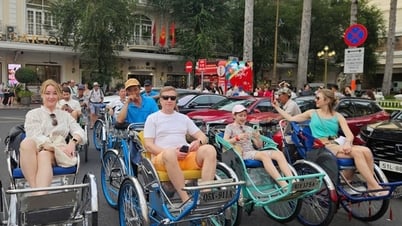


































![[Maritime News] Wan Hai Lines invests $150 million to buy 48,000 containers](https://vphoto.vietnam.vn/thumb/402x226/vietnam/resource/IMAGE/2025/6/20/c945a62aff624b4bb5c25e67e9bcc1cb)














![[Infographic] Party Committee of the Ministry of Culture, Sports and Tourism: Marks of the 2020 - 2025 term](https://vphoto.vietnam.vn/thumb/402x226/vietnam/resource/IMAGE/2025/6/22/058c9f95a9a54fcab13153cddc34435e)



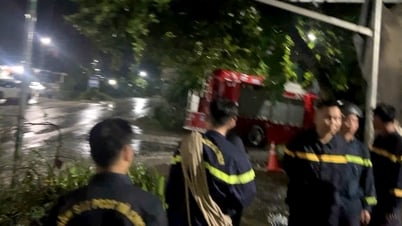







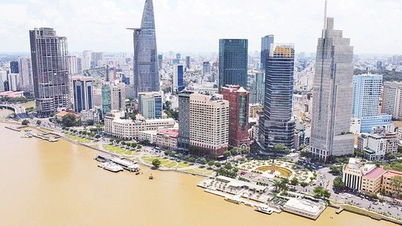











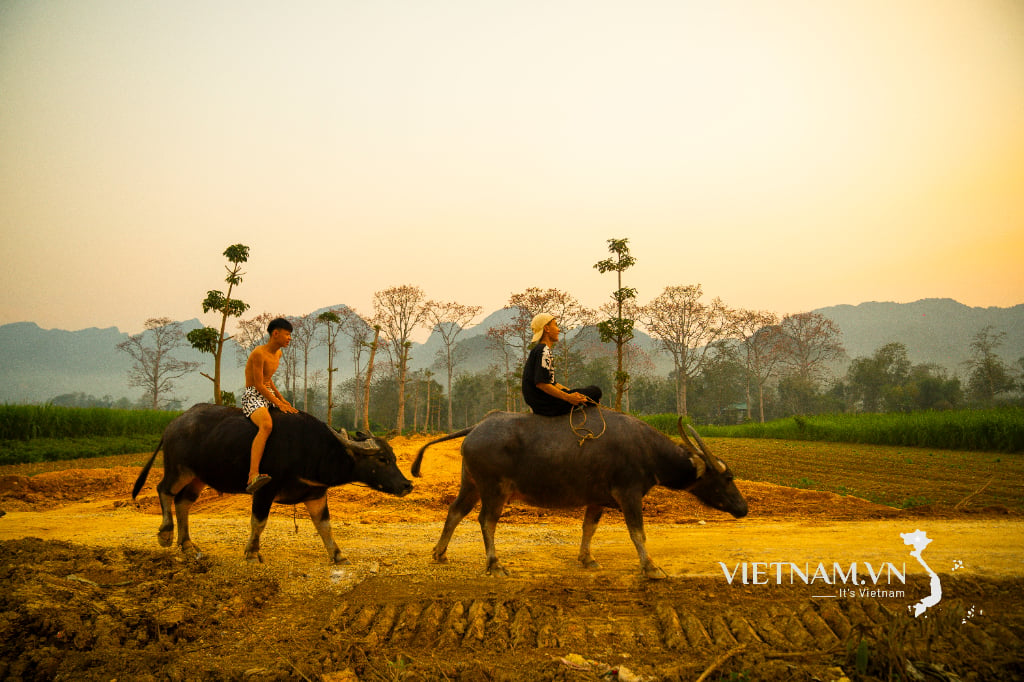
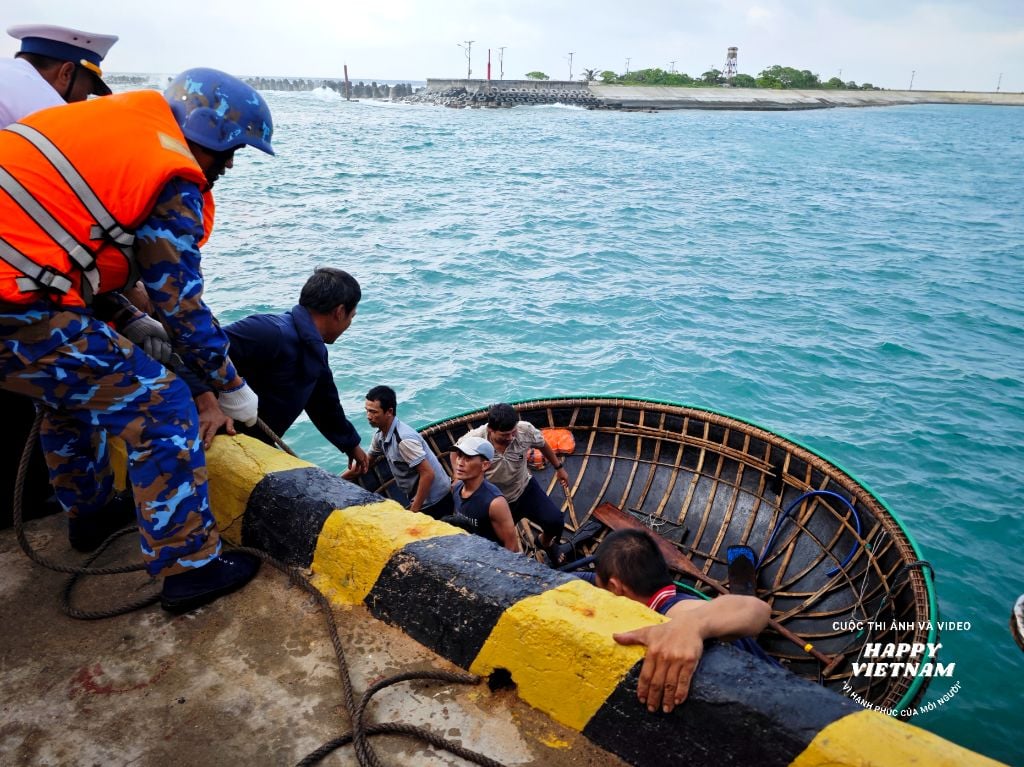
Comment (0)